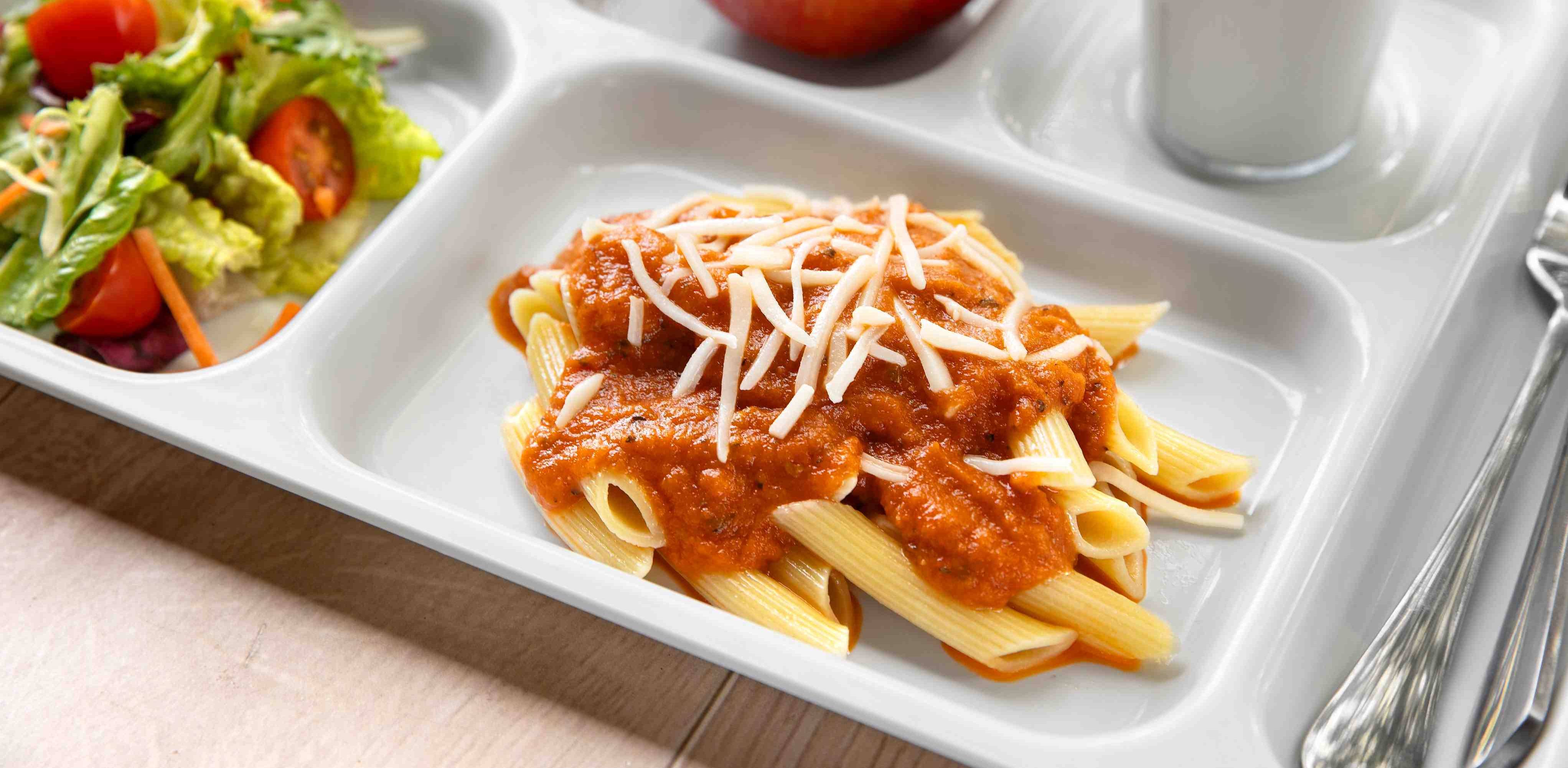Tips From the Experts: Cooking Healthy Versions of Kid Food Favorites
July 10, 2025
“Nutrition or nuggets?” It’s a choice every parent has faced. You know your child needs to eat healthy meals; they only want the same old ultra-processed, unhealthy foods. But the healthiest meal in the world doesn’t do any good if it stays on the plate. So what’s a parent to do?
Fortunately, children all over California are learning that healthy, fresh, and tasty can all exist on the same plate — thanks to the creativity and skill of our state’s School Food Professionals. More schools and districts are embracing scratch-cooked meals and fresh, seasonal ingredients, and students are asking for seconds. And when they get the same types of fresh and healthy meals at home, the result is healthier, happier, and more successful kids.
School Food Professionals cook for hundreds and thousands of the toughest food critics in existence — students — on a daily basis. They shared with us some of their best tips on how to make kid-approved favorites that are as good for your child as they are for the taste buds.
Start From Scratch
Creating a healthy diet means thinking outside the box (or bag, or wrapper). Ultra-processed foods — industrially prepared foods loaded with added ingredients, including salt, sugar, artificial colors, and others — are linked to dozens of health conditions, such as cardiovascular disease and type-2 diabetes. Cooking from scratch using fresh, minimally-processed proteins and produce, on the other hand, is connected with better physical and mental health, more energy and greater success in the classroom. “Nobody should be eating processed foods 100% of the time. That’s why it’s so important that we’re introducing fresh ingredients and real cooked food across the board in schools,” said RJ Lane, chef at West Contra Costa Unified School District.
The Old Switcheroo
Healthy dishes start with healthy ingredients. So if your little one just has to have pizza, don’t despair! Switch out the white flour with whole wheat flour for a crust that’s higher in nutrients like protein, iron and fiber. By swapping in low-fat cheese, you can reduce the level of saturated fat while still getting all the calcium kids need. The result? A better-for-you pizza that your child will love. It’s a tactic that Esther Huizar, cafeteria manager at Oak Valley Union Elementary, uses often. “For our chicken quesadillas, we use whole-wheat tortillas, low-fat cheese and lean chicken that we cook with fresh tomato, onions and garlic,” Huizar said.
Bring on the Spice
Supercharge the flavor of your dishes, and the kids will come running. But that doesn’t mean you need to pour on the fat, salt and sugar. Upping your seasoning game is one of the easiest ways to pack in the taste without compromising on nutrition. Herbs and spices like ginger, cardamom, rosemary, basil and many others can be used in place of less-healthy ingredients like sugar and salt, making meals better for you AND better tasting. In fact, a recent study in the Journal of the Academy of Nutrition and Dietetics used a blind taste test to see how people liked foods — such as meatloaf, chili, apple pie, pasta with meat sauce, and taco meat — that used herbs and spices to replace a significant amount of salt, sugar and saturated fat. The study found participants enjoyed a majority of the healthier versions just as much as the original recipes. “To make sure marinara tastes good while being mindful about sodium content, just add fresh herbs and spices,” said Stella Ndahura, director of nutrition services at Azusa Unified School District. “That way it still has lots of flavor, and you’re promoting health and well-being.”
Healthy meals don’t have to be a chore. With a little creativity and the right ingredients, any parent can create their own healthy spin on their children’s favorite dishes. By doing so, you’re not just giving them a nutritious meal for the day. You’re also building healthy eating habits that can last a lifetime.
“Start by giving them what they know, then try to put some veggies in it and do a little twist here and there,” said Azusa Unified School District Chef Carol Ramos. “If they’re on board, take it a little further — something like a little quinoa on a salad. Maybe they’ll try it and say, ‘This is really good!’”
